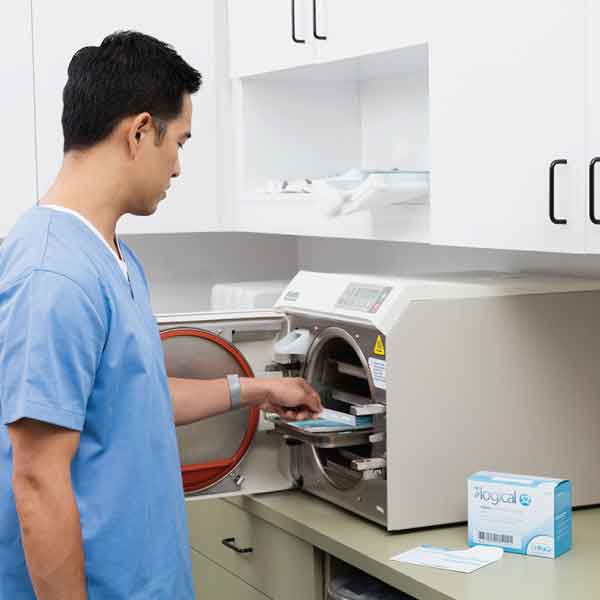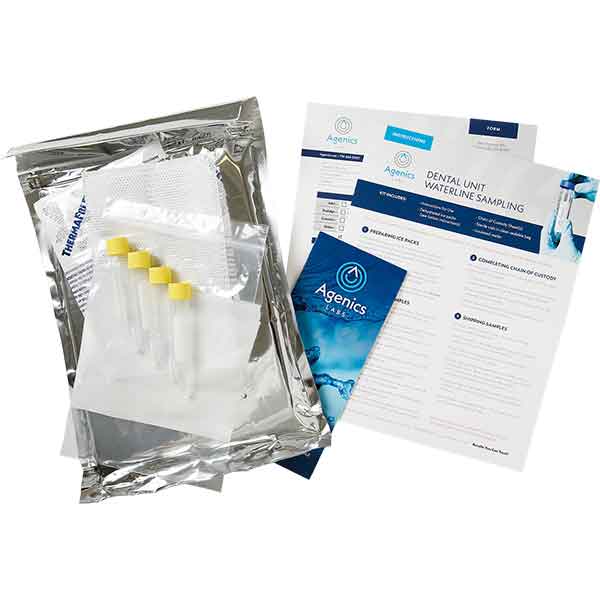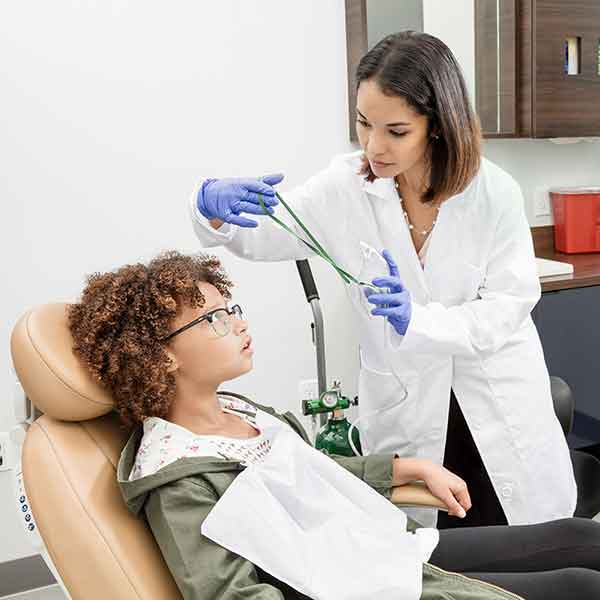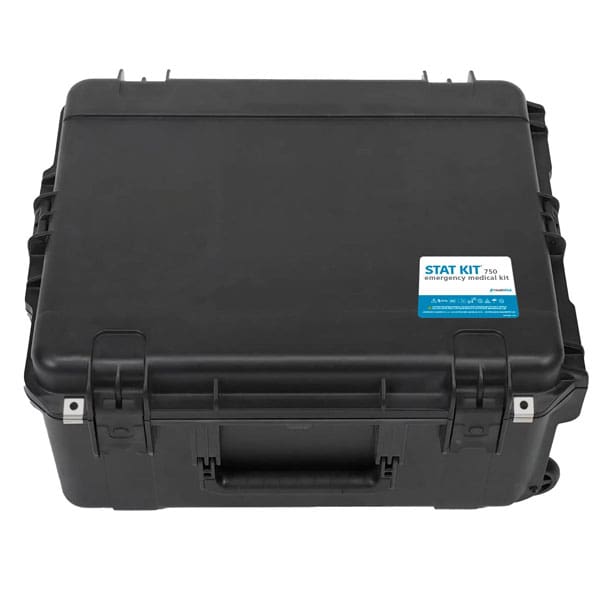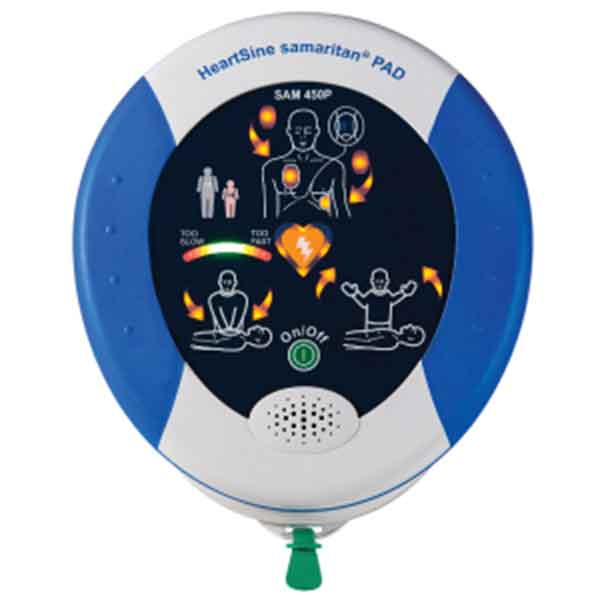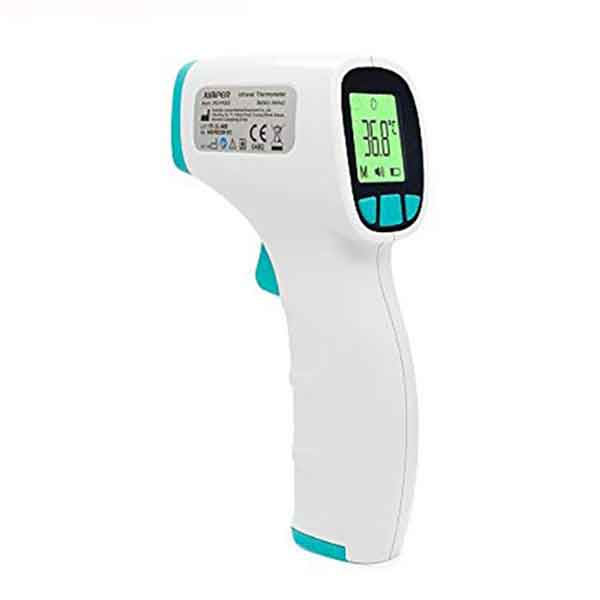Bloodborne pathogen training is an essential component of health and safety protocols in various fields, particularly those involving direct contact with human bodily fluids. The primary purpose of this training is to provide information and insights on how to prevent exposure to bloodborne pathogens and, in case exposure occurs, how to respond appropriately to mitigate risk. These pathogens, which include viruses and bacteria that live in human blood and other bodily fluids, can cause diseases such as HIV/AIDS, Hepatitis B, Hepatitis C, and many more.
Why Bloodborne Pathogen Training?
Why is there a concern for Bloodborne Pathogens? The Occupational Safety and Health Administration (OSHA) estimates 5.6 million workers in health care and other facilities are at risk of exposure to bloodborne pathogens such as HIV and Hepatitis B. OSHA mandates annual training for all employees who have a reasonable chance of exposure to bloodborne pathogens. The importance of bloodborne pathogen training can’t be overstated. Those most likely to require this training include health care workers, dental offices and first responders. However, anyone who may come into contact with blood or other potentially infectious materials (OPIMs) should consider obtaining this training.
While it’s clear that such training is vital for protecting physical health, it also serves to promote psychological well-being among dental teams. Knowing how to handle potentially hazardous situations can alleviate anxiety and contribute to a safer, more assured work environment.
Key Components of Bloodborne Pathogen Training
- Understanding Bloodborne Pathogens: The training begins with an overview of bloodborne pathogens, including how they’re spread and the diseases they can cause. This foundation enables better understanding of the risks associated with these pathogens and why specific safety procedures are necessary.
- Exposure Control Plan (ECP): An important aspect of the training involves learning about the ECP, a strategy that outlines measures for reducing occupational exposure. ECPs typically involve use of Personal Protective Equipment (PPE), safe work practices, and other preventive strategies.
- Personal Protective Equipment (PPE): PPE, including gloves, masks, NIOSH N-95s, lab coats, & eye protection (to include side shields) provide a physical barrier between pathogens and the worker. Training will involve proper usage, removal, and disposal of PPE to avoid contamination.
- Safe Work Practices: Training will also cover procedures for safe handling, segregation and disposal of sharps (needles, scalpels), as well as safe cleanup procedures in case of a spill of blood or other potentially infectious material.
- Post-Exposure Procedures: In the event of exposure, it’s critical to know what steps to take. OSHA Training should cover immediate follow-up procedures, including incident reporting, post-exposure evaluation, medical attention, and follow-up.
- Hepatitis B Vaccination: BBP training should inform about the availability of Hepatitis B vaccination and its efficacy in preventing Hepatitis B, a common bloodborne pathogen.
Given the continual evolution in our understanding of diseases and best practices in prevention, it’s essential for bloodborne pathogen training to be updated and refreshed regularly. OSHA mandates that employees receive a refresher course at least annually to ensure that they remain up to date with the latest information and safety protocols.
Final Thoughts
The crucial nature of bloodborne pathogen training in maintaining safety and health standards cannot be overstated. By promoting awareness and educating on appropriate preventative measures, we can ensure the protection of those at risk of exposure, potentially saving lives and reducing the incidence of bloodborne diseases. As our understanding of pathogens and diseases evolves, so too should our training programs, ensuring they remain a robust and effective tool in the fight against bloodborne pathogens. For more details on what should be included in your team’s Annual OSHA & HIPAA Compliance Training Program, reach out to HealthFirst today. We’re here to help.
































